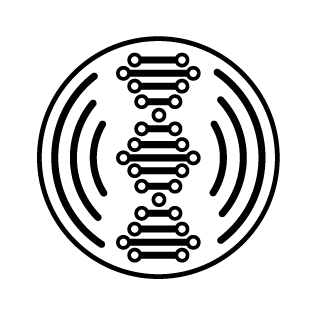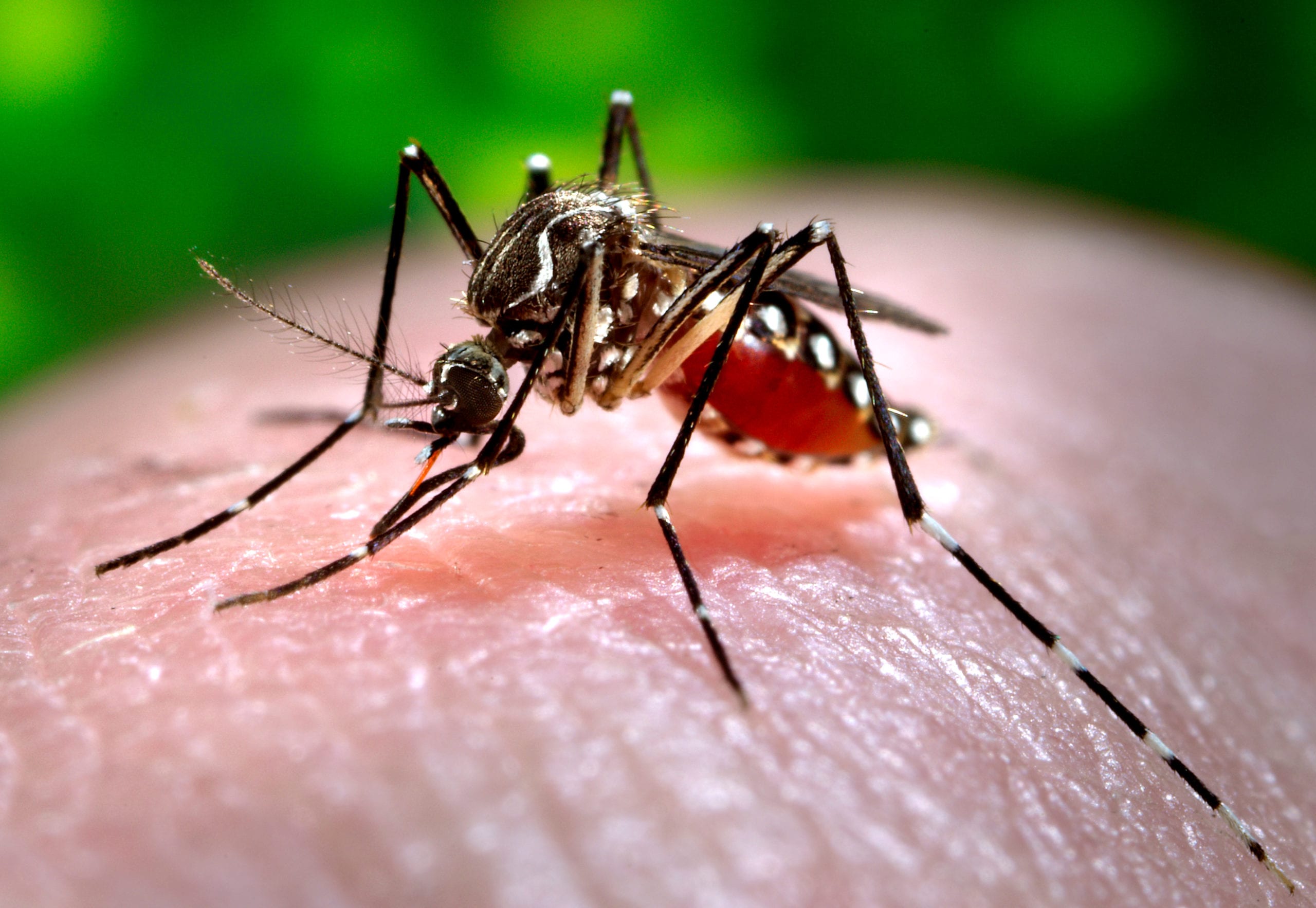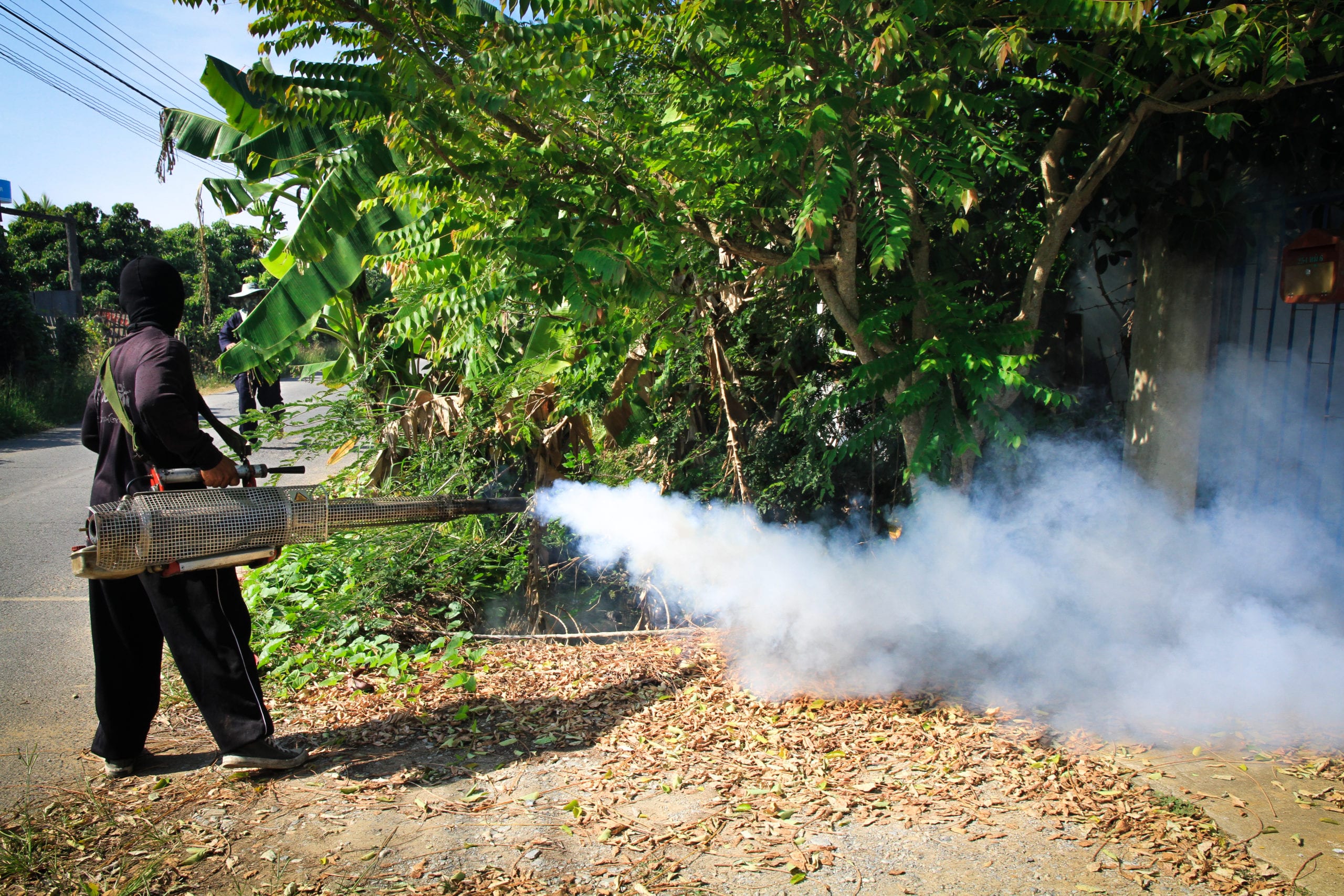What do you mean by “gene-drive modified”?
A gene drive uses new gene-editing techniques to increase the likelihood that a given gene will be inherited by offspring. Over successive generations, that gene can become more and more common—and potentially universal—in a species.
Gene drives don’t work well in species that reproduce slowly, like humans, because they take too long to have effects. But in animals that reproduce quickly, like insects or small mammals, they could transform a population within a few years or even months.













